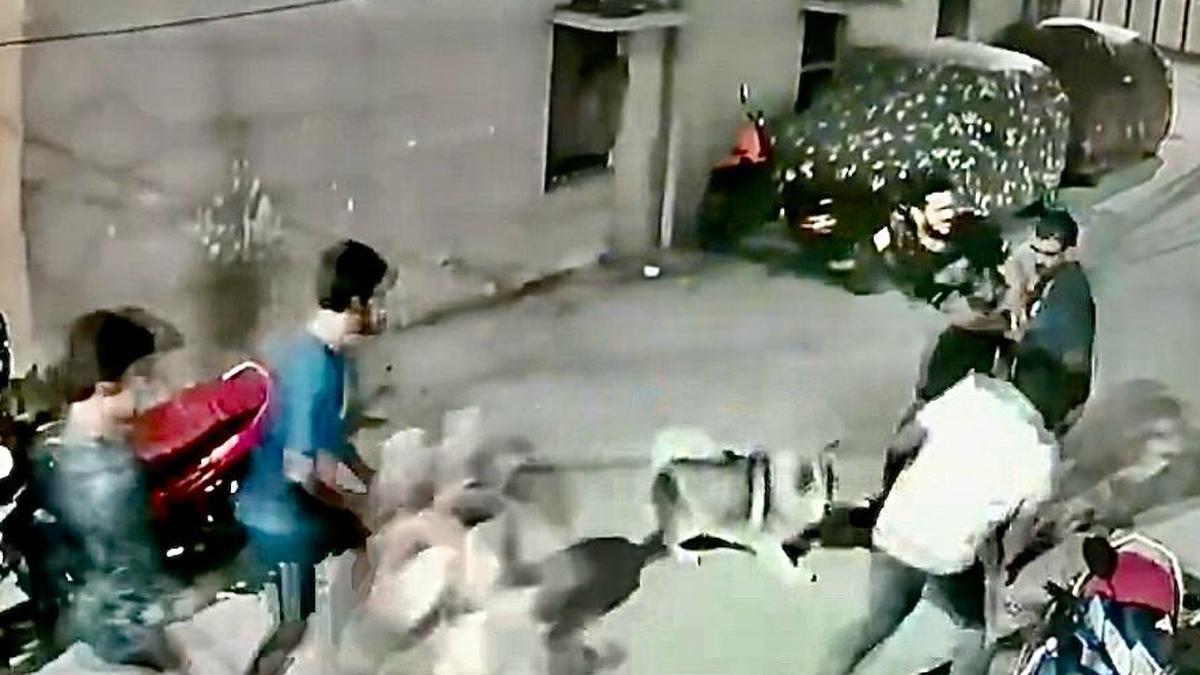The Kerala State Electricity Board (KSEB) is planning to take up two pumped storage projects (PSP) with a total capacity of 130 megawatts.
The KSEB director board has given the go-ahead to place the proposals for the 30 MW Manjappara PSP and the 100 MW Mudirapuzha PSP before the State government for its approval for implementation.
The Manjappara PSP is based on the Karapuzha reservoir in Wayanad. As per a rough estimate prepared by the KSEB, it will cost ₹ 180 crore. The Mudirapuzha project, based on Ponmudi reservoir in Idukki district, is estimated to cost ₹ 573 crore.
The KSEB hopes to use its own resources and market borrowings to finance the projects. It also hopes to secure viability gap funding for Manjappara, which will be taken up first.
PSPs have two interconnected reservoirs at different elevations. These projects make use of surplus grid power to pump water up from the lower to the upper reservoir. In times of higher demand, the stored water is released downhill to produce electricity.
The KSEB had carried out a study of potential sites. Of the nine identified, the THDC India Ltd had identified the Idukki reservoir and Pallivasal. Seven others were picked by the Investigation Wing of the KSEB. When the projects were then ranked for ease of implementation, Manjappara and Mudirapuzha had topped the list.
Pumped storage schemes are the need of the hour for mass energy storage, the KSEB noted in an April 29 order. Moreover, the Renewable Purchase Obligation (RPO) and Energy Storage Obligation Trajectory of the Union Power Ministry requires the establishment of storage systems for at least 4% of the solar/wind installations, the KSEB observed.
Earlier, the KSEB had plans to form a joint venture with THDC India Ltd for developing the PSPs. But after a a draft MoU drawn up for the JV sparked legal and financial concerns, the State Government had decided that the KSEB should strike out on its own to develop the schemes.

 2 weeks ago
106
2 weeks ago
106



